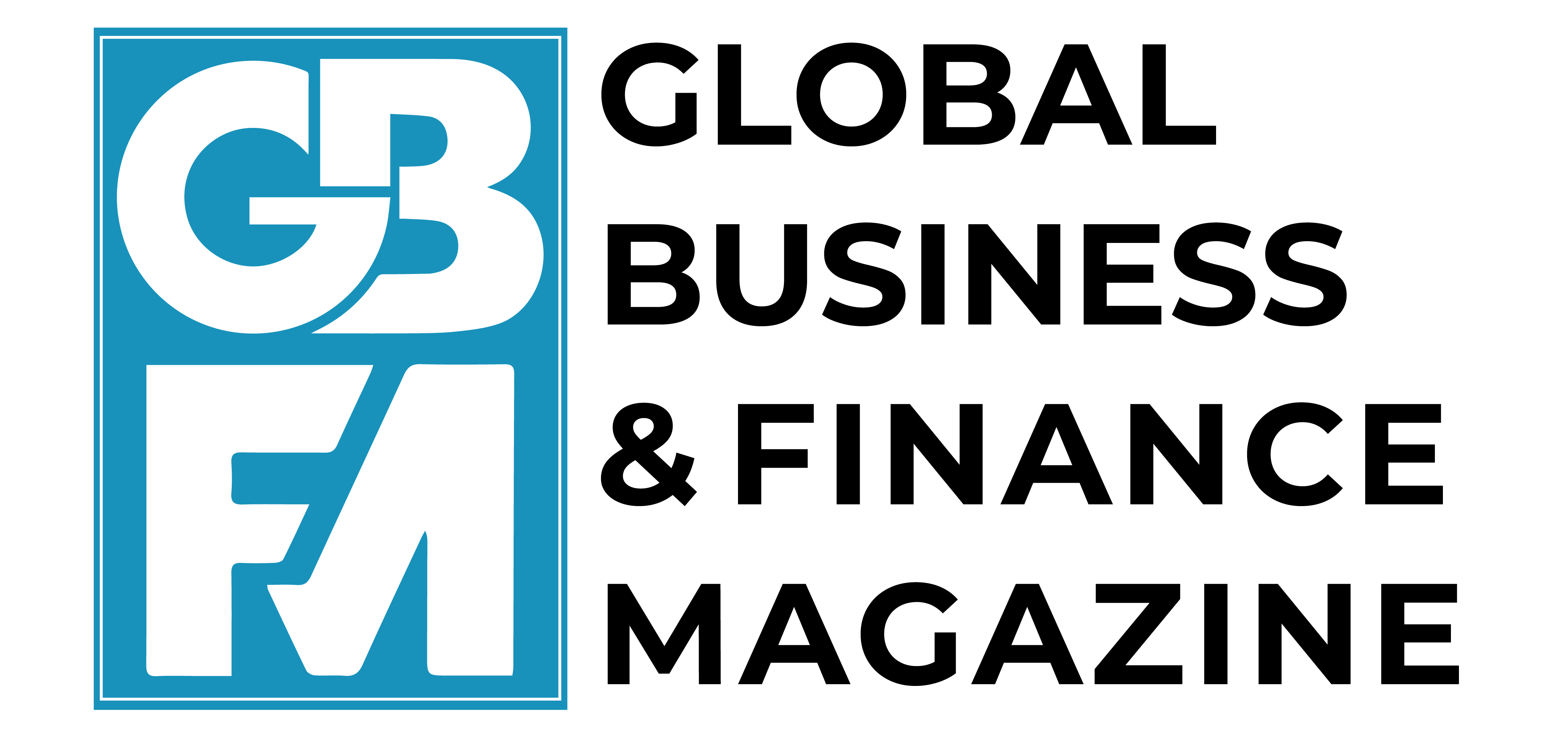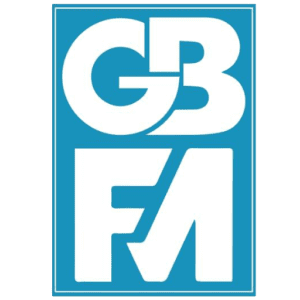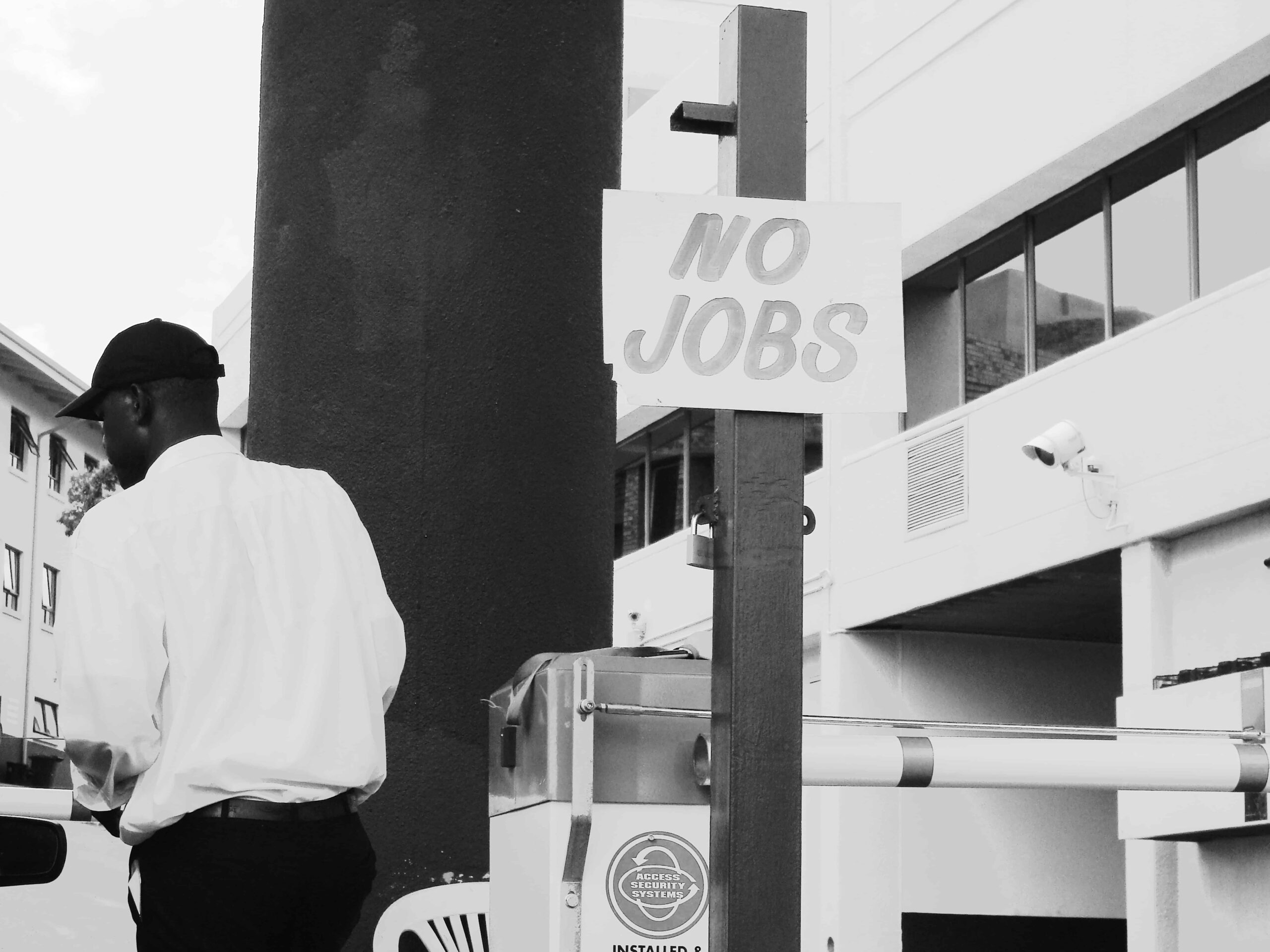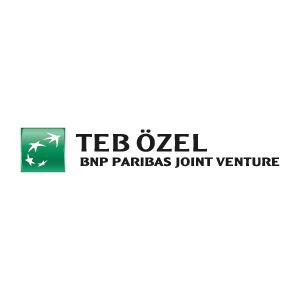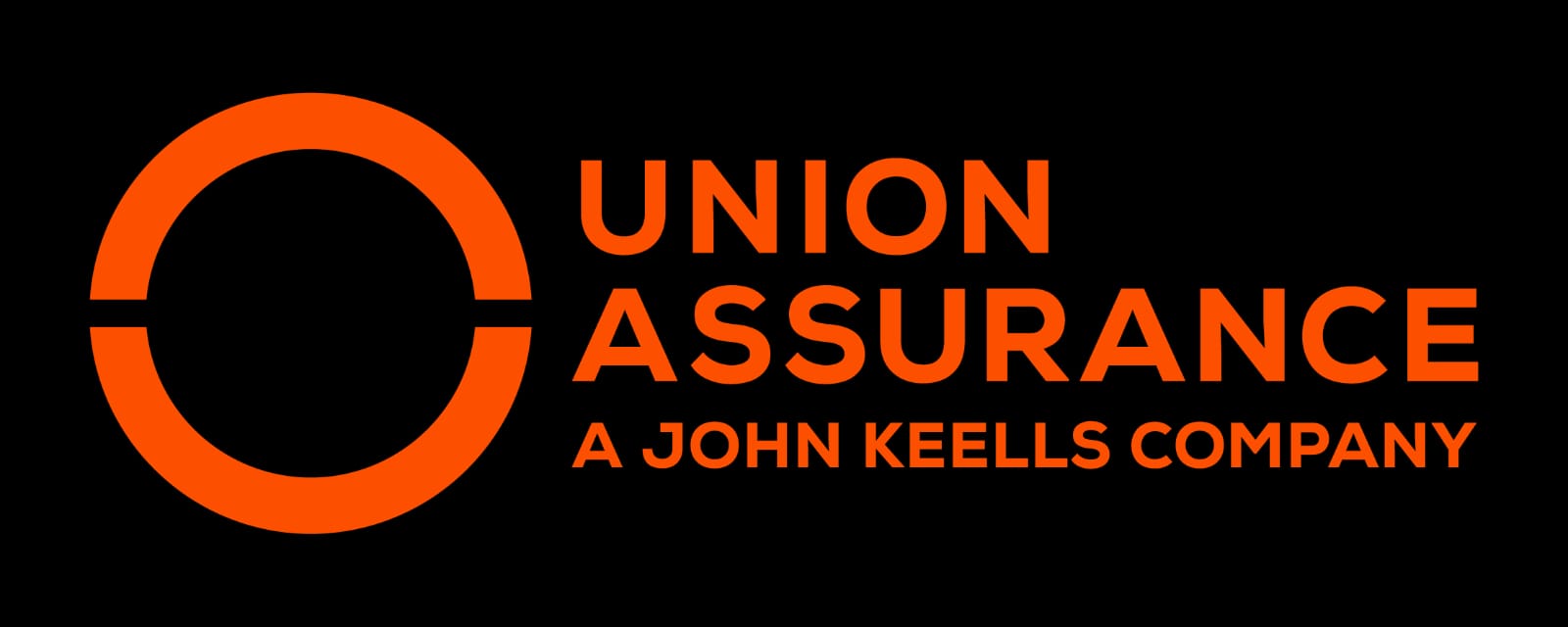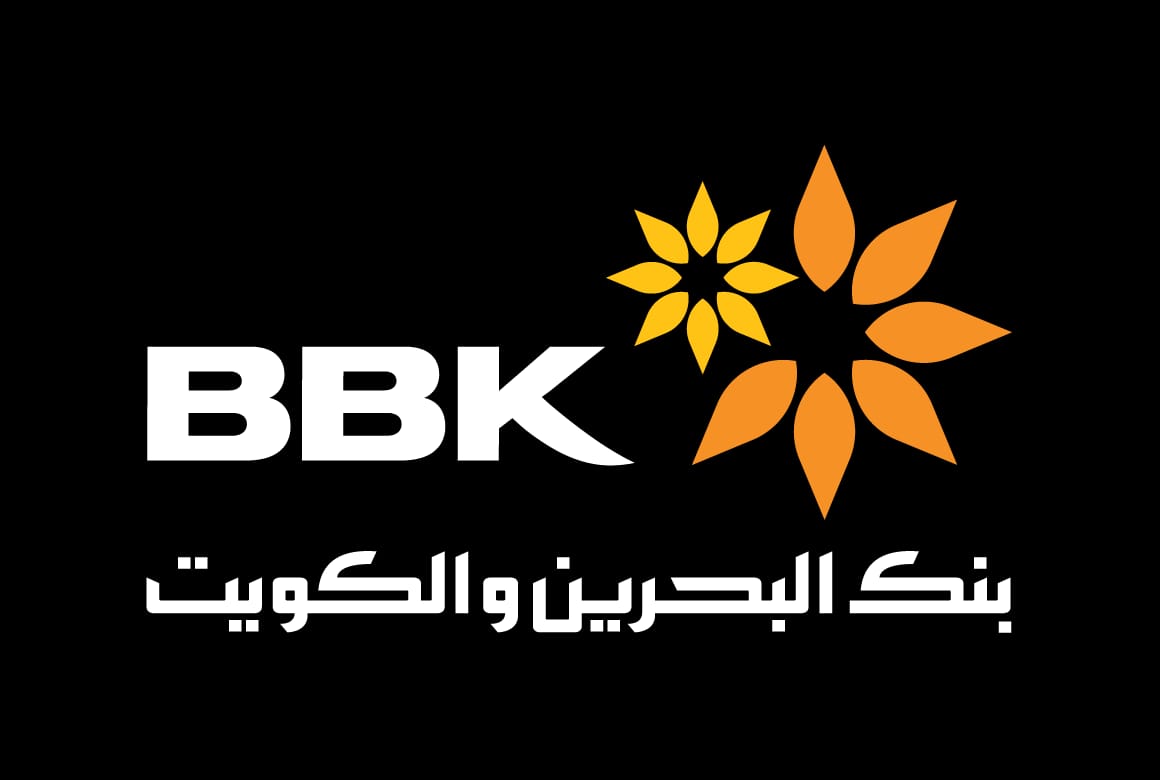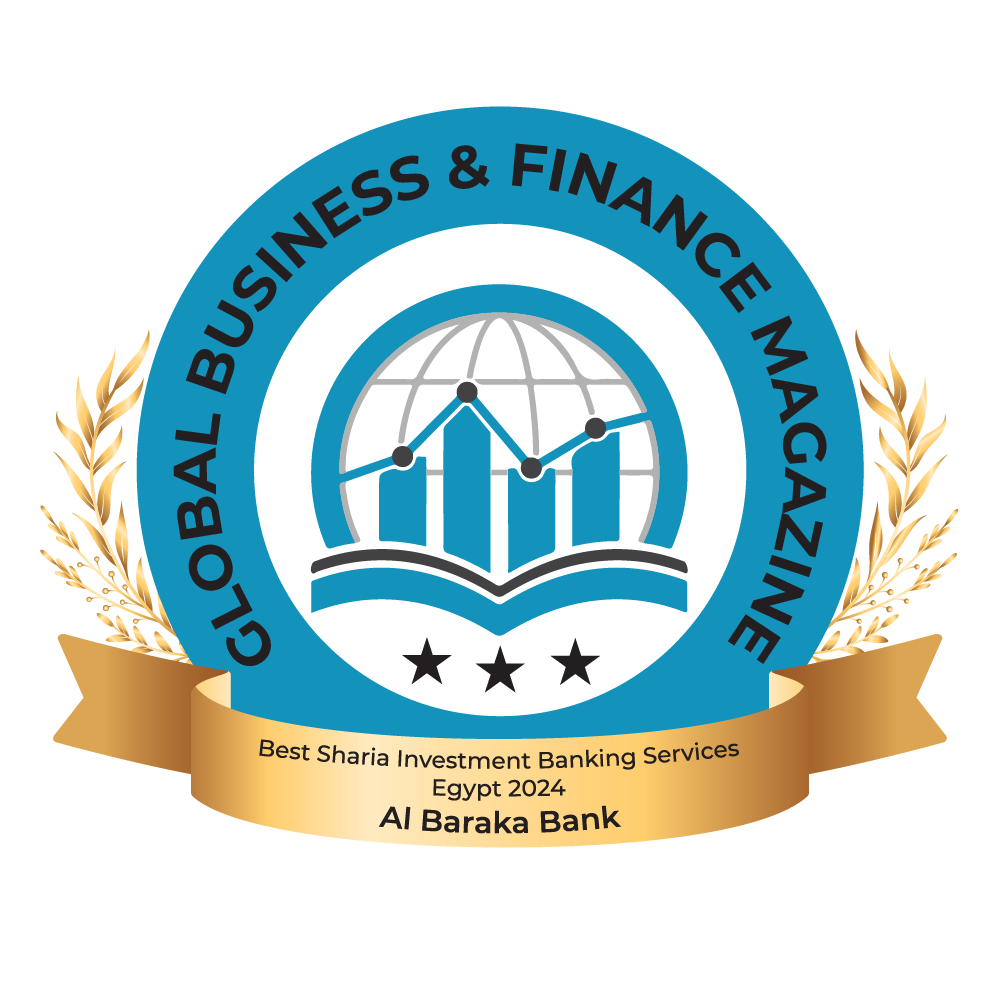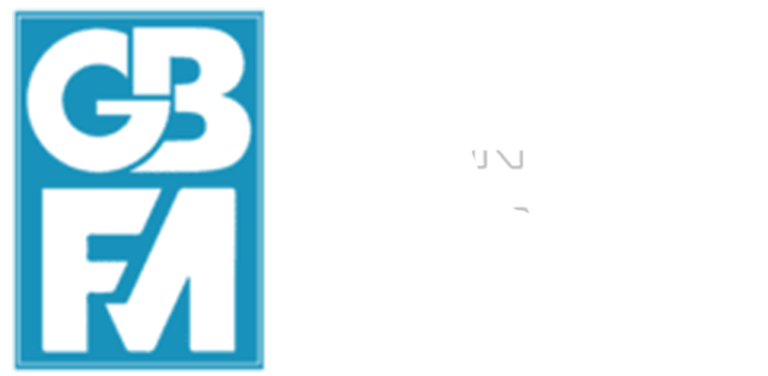The sanctions which followed the 2022 Russian invasion of Ukraine generated a large trade shock for firms trading with Russia. This column examines the short-run response of firms in Latvia – a small open economy with strong pre-war trade ties with Russia. The author finds that firms with lower initial exposure to Russia were the most likely to sever trade ties. Only a small set of the most exposed firms suffered significant losses in turnover, employment, and profitability. As sanctions become more common in global politics, understanding how firms adjust is key to making future measures both effective and economically manageable.
The Russian full-scale invasion of Ukraine in February 2022 triggered a swift and far-reaching set of sanctions from the EU, including bans on selected goods, restrictions on transactions with sanctioned entities, and limitations on financial services such as the exclusion of major Russian banks from SWIFT. These measures, though aimed at the Russian economy, disrupted firms across the EU with direct or indirect commercial ties to Russia. An important literature aims at quantifying the effect of sanctions on trade flows (e.g. Crozet and Hinz 2016, Crozet et al. 2021, Chupilkin et al. 2024, Corsetti et al. 2024, Fisman et al. 2024). But beyond trade, how did directly impacted firms cope with the trade shock? Considering current geopolitical frictions and the ongoing trend towards more restrictive trade policies, such as tariffs and quotas, understanding how firms adapt to such shocks is of primary importance.
To shed some light on this question, in a recent paper (Gavoille 2025) I use a combination of administrative data from Latvia to examine the adjustment margins that firms use to absorb such a large adverse shocks in the short run. For Latvia, Russia holds greater significance as a trade partner than for any other EU member state. Before the full-scale invasion, Russia still ranked among Latvia’s top five trading partners, both for exports and imports. In 2021, exports to Russia accounted for 7% of all exports, while imports from Russia represented 9% of all imports. Nearly one in five Latvian exporters and one in six importers had commercial ties with Russian partners in 2021. As a result, the trade shock directly impacted many Latvian firms.
Who is impacted by the trade shock, and by how much?
Studying firms’ response to the trade shock requires 1) determining the set of firms that indeed experienced a shock, and 2) measuring the magnitude of the shock at the firm-level. Regarding the former, an intuitive approach would be to simply use all firms that traded with Russia in 2021, the last year before the full-scale war. However, not all firms that traded with Russia before the full-scale invasion were hit by the trade shock: many firms doing business with Russia in 2021 would have ended this trade relationship in 2022, had the war not started. Every year, a significant number of trade relationships dissolve in the normal course of business. In any given year between 2010 and 2020, about 30-40% of Latvian firms trading with Russia exited that market in the following year, as shown in Figure 1.
Figure 1 Entry and exit in the Russian market


Note: This figure displays the annual number of firms that begin and cease trading with Russia, for exporters and importers separately.
To isolate the subset of firms genuinely disrupted by the sanctions and war, I use a machine learning techniques to predict which firms would have likely continued trading with Russia in 2022 had the invasion not occurred. This approach builds on recent work showing the predictive value of firm-level characteristics – such as trade history, product mix, and firm size – for assessing export survival (e.g. Beņkovskis et al. 2024). Using gradient boosting, the model is trained on a decade of historical data to classify firms as likely ‘stayers’ or ‘exiters’ in 2022. This enables me to restrict the analysis to firms likely to have been affected by the shock, thus mitigating the bias that would result from treating all pre-war traders as impacted firms.
Figure 2 Exposure to Russia


Note: This figure represent the distribution of exposure, defined as the firm-level share of exports to Russia in turnover (in 2021).
Figure 3 Exposure to trade bans


Note: This figure represent the distribution of bite, defined as the firm-level share of exports to Russia of subsequently sanctioned goods in the total exports to Russia (in 2021).
Next, among these impacted firms, some were mildly affected, some others received a big hit. But how to measure it? For this purpose, I measure the magnitude of the shock intensity based on two distinct components: exposure and bite. Exposure captures the share of a firm’s turnover in 2021 that came from trade with Russia, thus reflecting the potential scale of disruption. Bite measures the extent to which that trade involved goods that were subsequently banned under EU sanctions. While the former reflects broad cost and compliance burdens, the latter represents direct legal restrictions on specific trade flows. Figure 2 and 3 show that both measures greatly varies across firms: some firms only marginally trade with Russia, whereas some others generate all their turnover in Russia. At the same time, some firms see all the goods they trade falling on the sanction list, whereas some others are totally spared. However, a firm exporting to Russia only goods subsequently falling under sanctions, but for which Russia is a minor trade partner, is likely to receive a smaller hit than a firm that was not exporting goods on the sanctions lists but which generate a large part of its revenue in Russia. Considering the exposure and the bite together (as well as their interaction) is a way to acknowledge this difference.
Firm-level adjustment margins
Equipped with a set of plausibly impacted firms and a measure of the magnitude of the shock, I then apply a difference-in-differences local projection approach (Dube et al. 2023) to estimate the firms’ responses to the trade shock. The identification of the impact of sanctions stems from comparing firms exposed to shocks of different severity and observing their behavior before and after the beginning of the war and the implementation of sanctions.
The empirical analysis reveals that more than half of the Latvian firms that traded with Russia in 2021 (and were predicted to maintain this trade in 2022) ceased doing so in 2022 – a substantial increase relative to previous years. Figure 4 shows the estimated probability of exiting, depending on the initial exposure to Russia, for a firm not affected by sanction bans (dashed line) and for a an average affected firm (solid line). The initial exposure level matters (a lot): firms with minimal exposure were highly likely to abandon the Russian market, while highly exposed firms were more likely to persist. In contrast, the presence of goods-specific sanctions had no direct effect on the probability of exiting – suggesting an important role for indirect effects (Crozet and Hinz 2016, Gullstrand 2020). The mere existence of these sanctions, however, may have played a scarecrow effect, which in addition to increased transaction costs and higher legal risks, encouraged precautionary disengagement even among firms not directly targeted. Among firms remaining in the Russian market, the volumes exported were on average drastically reduced, although they actually increased for a small set of firms.
Figure 4 Probability of exiting the Russian market


Note: The x-axis represent the firms’ exposure to the Russian market, as the share of turnover generated in Russia in 2021. The y-axis represent the probability to exit the Russian market by the end of 2022. The dashed and solid line respectively indicate the estimated relationship between firm’s exposure and the probability to exit for firms that were not directly impacted by sanctions on specific goods, and for firms that received an average hit. The histogram in the background represent the distribution of firm’s exposure.
How did firms cope with this trade shock? While many firms exited without major disruption, the economic costs of the trade shock were concentrated among a small set of highly exposed firms. First, among exporters generating more than 25% of their turnover from Russia, the likelihood of firm closure increased markedly, and surviving firms in this group experienced an average decline in employment of around 10%. Monthly labour data show that these employment effects materialised rapidly, with significant reductions evident by mid-2022. These findings indicate that while sanctions did not trigger widespread firm distress, they had sharp and immediate consequences for the most exposed firms.
Second, the analysis also considers firms’ ability to adapt their trade strategies in response to the shock. Among exporters with limited exposure to Russia, many discontinued trade with Russia but expanded their presence in other foreign markets, suggesting a degree of resilience and flexibility. For more heavily exposed firms, especially those affected by product-specific bans, there is evidence of redirection toward CIS (Commonwealth of Independent States – a post-Soviet Bloc) countries. The probability of starting exports to CIS destinations increased substantially with initial exposure to Russia, and nearly half of the new trade relationships involved goods under EU sanctions, suggesting potential sanction evasion or circumvention. In contrast, importers were less likely to reorient trade and more prone to contract their overall import activity, indicating that substitution of inputs may be more difficult than finding new export markets.
Third, the trade shock also impacted financial outcomes of the most exposed firms, which saw a significant reduction in turnover and profitability. Exporters with low exposure generally maintained (or even increased) turnover levels, but still experienced a (slight) decline in profitability. These results suggest that even when firms succeed in adjusting their trade flows, doing so may come with higher costs that erode profit margins.
Conclusion and policy implications
Overall, my analysis suggests that the set of firms trading with the country under sanctions can dramatically change, altering the nature of the trade relationship beyond the mere level of aggregate trade flows. Even though aggregate trade figures show only a slight decrease in trade between Latvia and Russia between 2021 and 2022, the number of firms trading with Russia drastically decreased. Firms with a marginal exposure to Russia withdrew from this market, irrespective of the bite of sanctions on specific goods.
Finally, these results indicate that, while most impacted firms adjusted with relative ease, the economic impact of sanctions on Latvian firms is essentially borne by firms that had deep commercial ties to Russia before the war. For these firms, the hit swiftly materialised beyond trade – the horizon in this research being fairly short – with a higher probability to shut down, reduced employment, and a decline in turnover and profitability. Firms with the highest likelihood of closure were also the most likely to start trading with CIS countries, suggesting that the latter is a strategy to survive.
These findings offer several lessons for policy:
- The cost of sanctions on domestic firms is concentrated, not widespread.
- Firms with deeper ties to sanctioned markets are slower to adjust and more vulnerable to economic loss.
- Trade redirection toward CIS countries – particularly involving sanctioned goods – warrants closer enforcement scrutiny.
- Encouraging supply chain diversification and improving firm-level preparedness may reduce vulnerability to future geopolitical shocks.
As sanctions become an increasingly prominent tool in EU foreign and trade policy, understanding firm-level adjustment mechanisms is essential. Future policy design should balance the geopolitical aims of sanctions with the domestic economic cost borne by a relatively small but highly exposed group of firms. This may include targeted support, incentives for supply chain diversification, but also enhanced monitoring of trade diversion channels.
Source : VOXeu

